The Covid-19 pandemic has put into perspective on small our world is, thanks to technology. Today, people in different parts of the world meet at a designated time, have discussions and disseminate information using technology. With businesses traversing borders, key personnel scattered across the world conduct conference calls that help save time, money and energy.
Apart from business exigencies, conference calls are a source of information for investors too. The top management of a company uses this medium to speak to investors during earnings seasons, i.e., at the end of each quarter. The other time when the management interacts with investors is during the annual general meeting (AGM). AGM is a platform for executives to present the company’s highlights before shareholders and get their approval on resolutions. While AGMs are a legal obligation, conference calls are not mandatory. Many publicly traded companies do not hold conference calls.
Earnings call details are available under the corporate announcements tab on corporate websites.
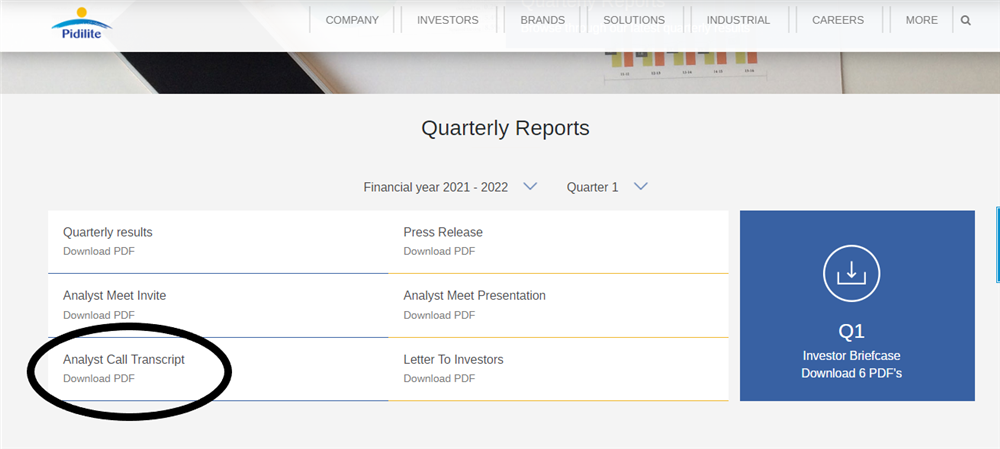
Conference calls supplement fundamental analysis
The most relevant information about a company can be found in press releases shared after the quarterly results. However, analysts and investors need additional information for clarity on the results. Also, more details may be needed on additional sources of income or an extraordinary expense, sale of key assets, etc., to ascertain the nature of the transaction. Conference calls help in understanding the nature of such transactions.
How to do a conference call
Earnings calls are set up by a company immediately after quarterly results are declared. They are broadly structured in the following manner:
Safe harbour:
A conference call begins with an introduction of the key members of the company management. A safe harbour statement is then made about the forward-looking statements to be made during the call to caution that these may not come true. With this statement, the company limits its liability if the forward-looking statements differ significantly from what was presented.
Presenting result update:
Typically, the chief executive officer (CEO) presents how a company has performed, is standing in the market and other achievements. The CEO sets the stage for a detailed discussion on the financial aspects. Thereafter, the chief financial officer (CFO) takes over and explains the financial performance of the company during the quarter vis-à-vis its performance in the past. This section, though involving financial jargon, can be easily understood by the analyst community. However, an investor also can participate in enhancing their understanding of financial statements.
Guidance:
Many companies provide future guidance, which is the most eagerly awaited input from the management. Guidance is the future trajectory of the company's business and earnings. However, guidance acts as a double-edged sword at times, as this can be missed with changes in the operating environment and investors may end up with losses.
Guidance need not be sacrosanct, and one must be aware of this to avoid disappointment. Many companies desist from giving guidance to avoid uncomfortable queries from investment and analyst communities.
Question and answer session (Q&A): This is the most important session in the entire earnings call, where analysts and shareholders ask questions seeking clarification on the financial and other aspects of the company. Generally, a limited number of questions are entertained by the management as this tends to be the longest session of the call. Many unknown elements of the results can crop up during the Q&A session, which can have an impact on the stock prices. It is, therefore, imperative to closely follow these sessions.
What to look for in a conference call

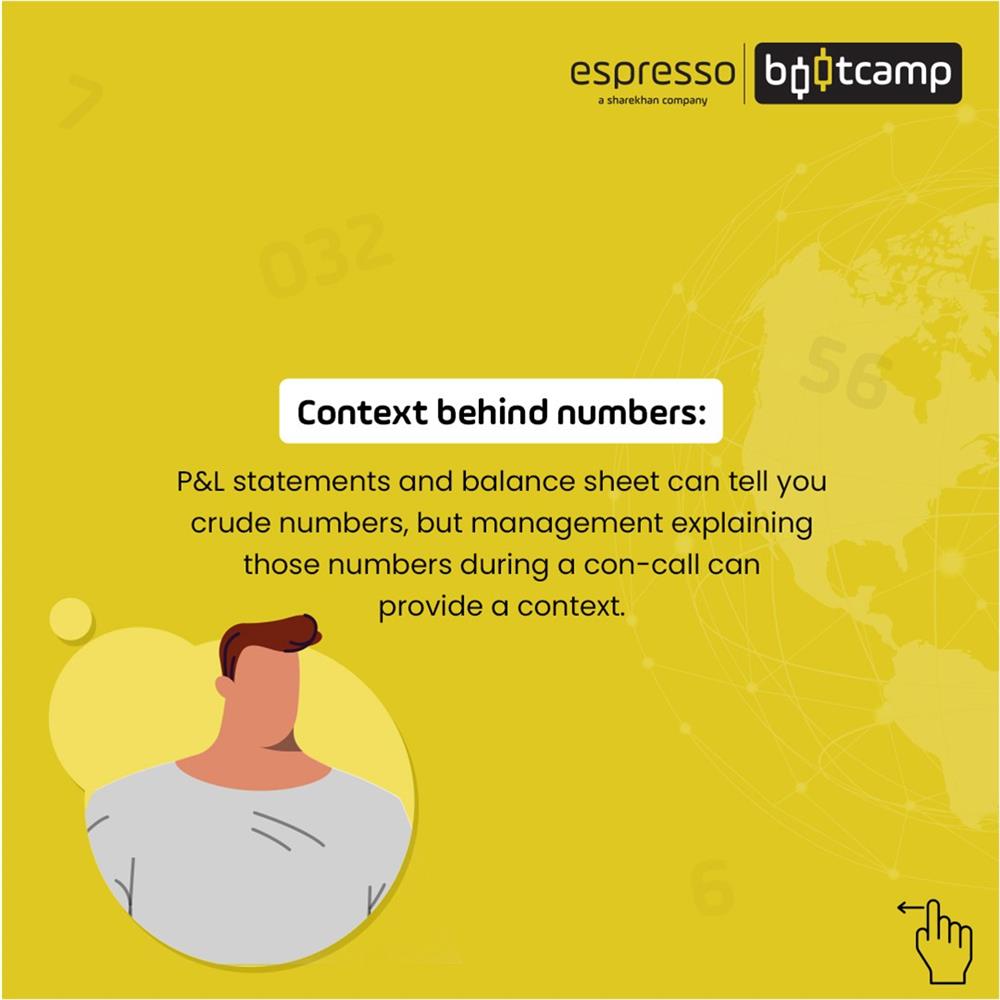
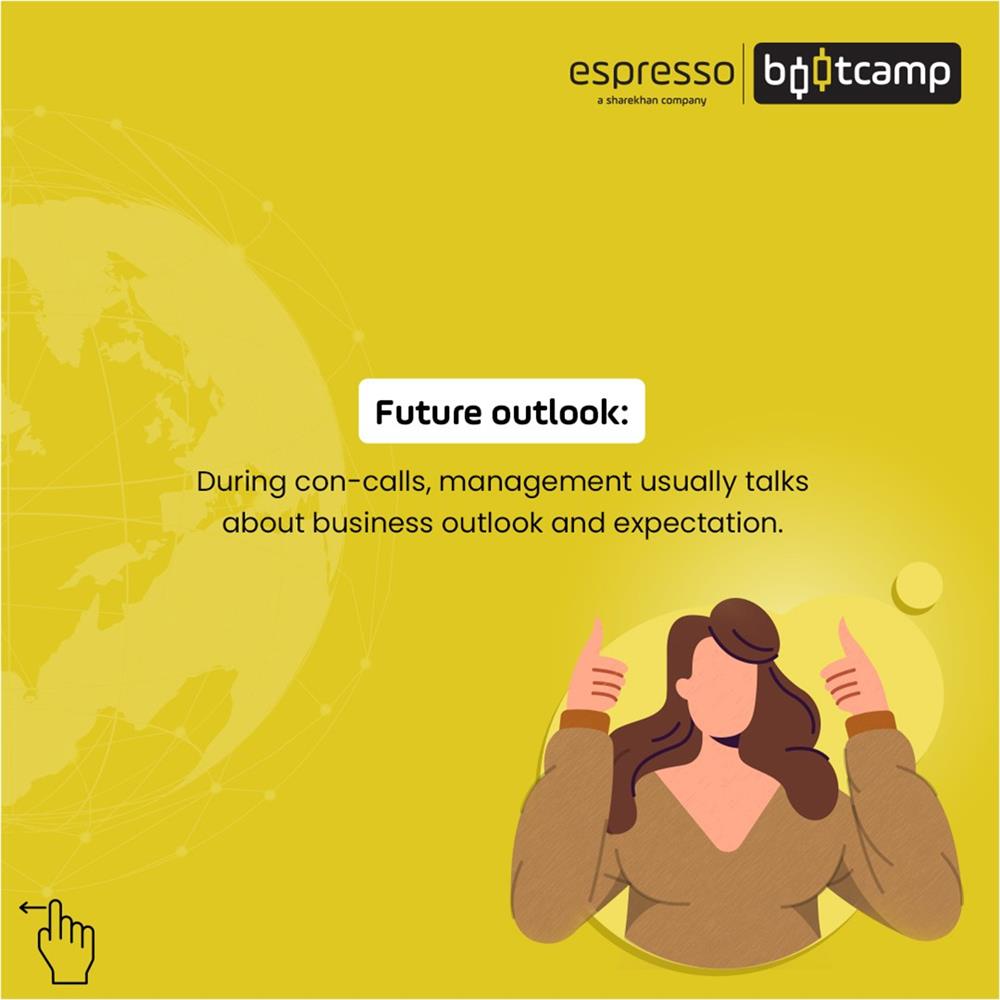
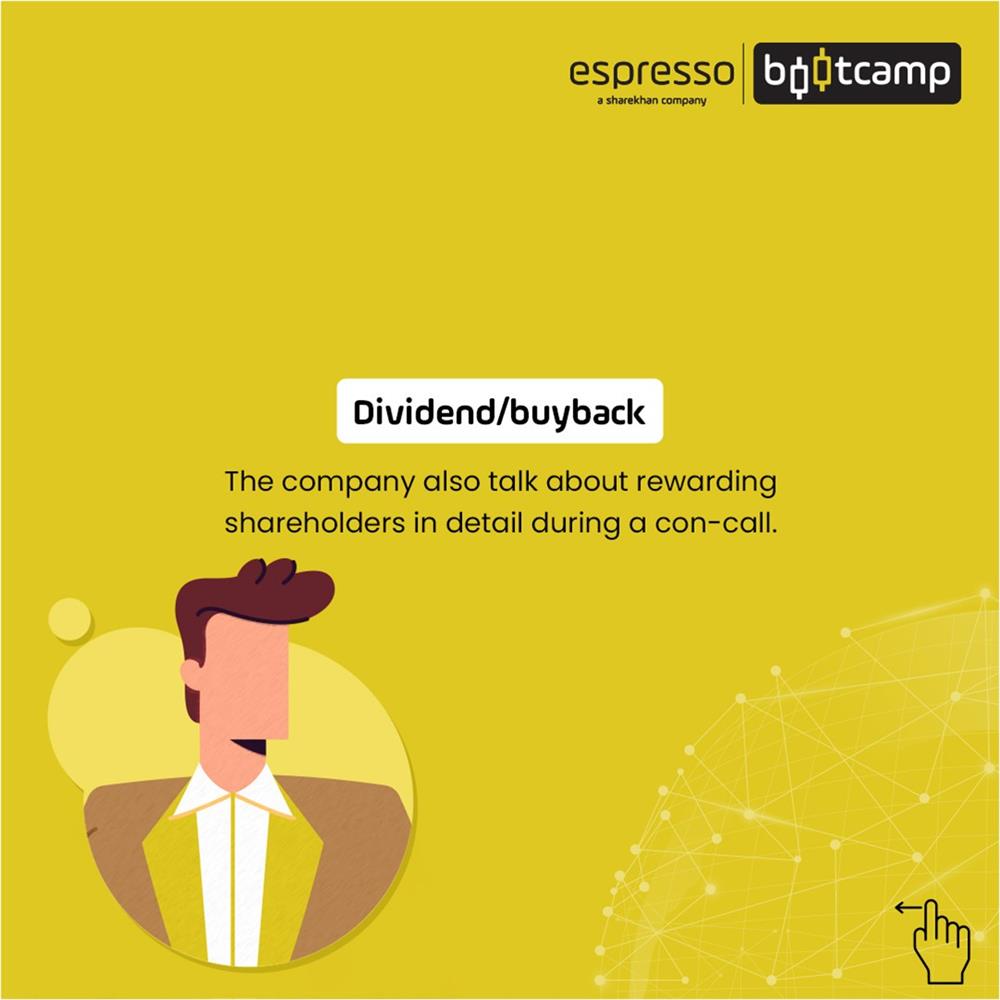
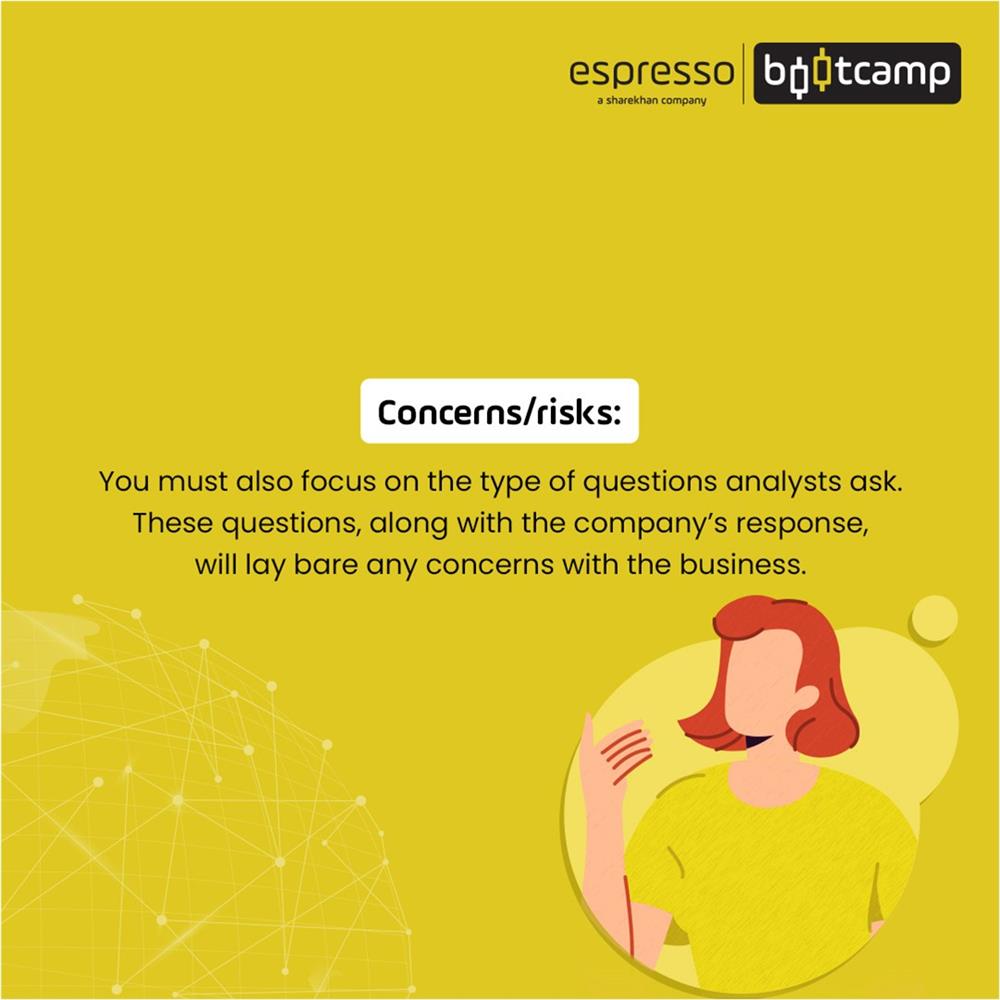
Earnings calls, interestingly, present a set of non-verbal clues deciphering, which can give important insights about the company and its future. Here are some details that will help you understand what to look out for in order to make the most of conference calls:
Homework:
Before attending a conference call, it is important to go through past calls and numbers. One must go through earnings releases and presentations of the company to be familiarised with the present status and jot down queries for clarification from the upcoming call.
Look for non-verbal clues:
The body language, tone and tenor of the management need to be noted. A certain level of confidence and optimism in sharing information is expected from the management, as it goes a long way in understanding the qualitative aspect of the management.
Handling of queries:
A confident management will handle queries with deft and clarity. Evasive management may pose a problem in evaluating the additional information on the call for investors to stay invested.
Where to find details of the earnings call?
With the aim to protect the interests of minorities, the Securities Exchange Board of India (SEBI), via a notification dated May 5, 2021, enhanced the disclosure requirements concerning conference calls and analyst meets.
Earlier, information flow in such meetings and calls was restricted to a select few. The post-meeting/call disclosure was also restricted to sharing the presentation of the meeting. The details of the discussion in these calls and meetings that minority shareholders were not privy to were not shared in the public domain. SEBI corrected this information lop-sidedness by amending the disclosure requirements. The amendments were voluntary till FY 21-22 but mandatory from FY 22-23.
Now, the schedule of such meetings and calls has to be disclosed within 24 hours. The stock exchanges must be informed about the details of the earnings call or meeting that is going to be held. Also, the post-earnings call or meeting presentation, audio/video has to be uploaded before the next trading day or within 24 hours from the conclusion of the call/meet - whichever is earlier. Further, the transcripts of the meeting have to be uploaded within five working days of the conclusion of the meeting. This is a welcome step for information to flow evenly to all shareholders.
Points to remember:
- Conference calls provide valuable insights to investors about a company and its future
- Information can be viewed as credible as the company’s top management shares it
- Look for financial insights and non-verbal clues to derive the essence of the interaction
 0
|
0
|
 0
0
 Modules
Modules

 Watch
Watch 
